Follow Us x
The Social Definition of Poverty:
Some people describe poverty as a lack of essential items – such as food, clothing, water, and shelter – needed for proper living. At the UN’s World Summit on Social Development, the ‘Copenhagen Declaration’ described poverty as “…a condition characterized by severe deprivation of basic human needs, including food, safe drinking water, sanitation facilities, health, shelter, education and information.” When people are unable to eat, go to school, or have access to health care, then they can be considered to be in poverty, regardless of their income. To measure poverty in any statistical way, however, more rigid definitions must be used.
The Statistical Definition of Poverty:
While there are various numerically defined methods to measure poverty, two are often used to define relative poverty and absolute poverty measurement. Both are based on income or consumption values, making gathering information to compile statistics on poverty much easier.
Understanding Poverty
What is Relative Poverty?
Using this method, the entire population is ranked in order of income per capita. The bottom 10% (or whatever percentage the government chooses to use) is then considered ‘poor’ or ‘impoverished.’
The Difference between Income and Consumption:
Before absolute poverty measures can be used to define poverty, researchers must first determine if they want to measure income amounts or consumption amounts. Income refers to the amount of money someone makes, while consumption refers to the monetary value of the goods that person actually consumes. If you earn $4 a day, but are able to consume $5 a day, then your yearly income would be $1,440, but your yearly consumption would be $1,860. While it might appear at first glance that income and consumption are the same, closer examination reveals that income is just one factor, albeit a large one, which determines consumption amounts.
What is Absolute Poverty?
The most commonly used definition of global poverty is the absolute poverty line set by the World Bank.
Poverty is set at an income of $2 a day or less, and extreme poverty is set at $1 a day or less. This line was first created in 1990 when the World Bank published its World Development Report and found that most developing countries set their poverty lines at $1 a day. The $2 mark was created for developing nations with slightly better income levels than their $1 a day counterparts. More developed countries are permitted to set their poverty lines elsewhere (it would be silly to assume a statistically significant group of people in the U.S. made less than $1 a day, though there are obviously many impoverished people). For highly industrialized countries, such as Britain, Japan, and the U.S., the absolute poverty line is usually set higher (for example, the line has been set at $14.40 in the past). The 2013 poverty line for single individuals in the United States is set at $31.48 a day, only a $5 increase since 2005.
The U.S. Census Bureau Statistics and Standards
The Census Bureau uses a set of financial income thresholds that vary by family size and composition to determine who is in poverty. Not everybody stays in poverty for the same amount of time. If you look at who is in poverty in a given year, you get a different picture than if you look at those temporarily in poverty or the long-term poverty population. [source: www.census.gov]
[the above information was taken from the "A Dollar a Day: Finding Solutions to Poverty" Web site]





